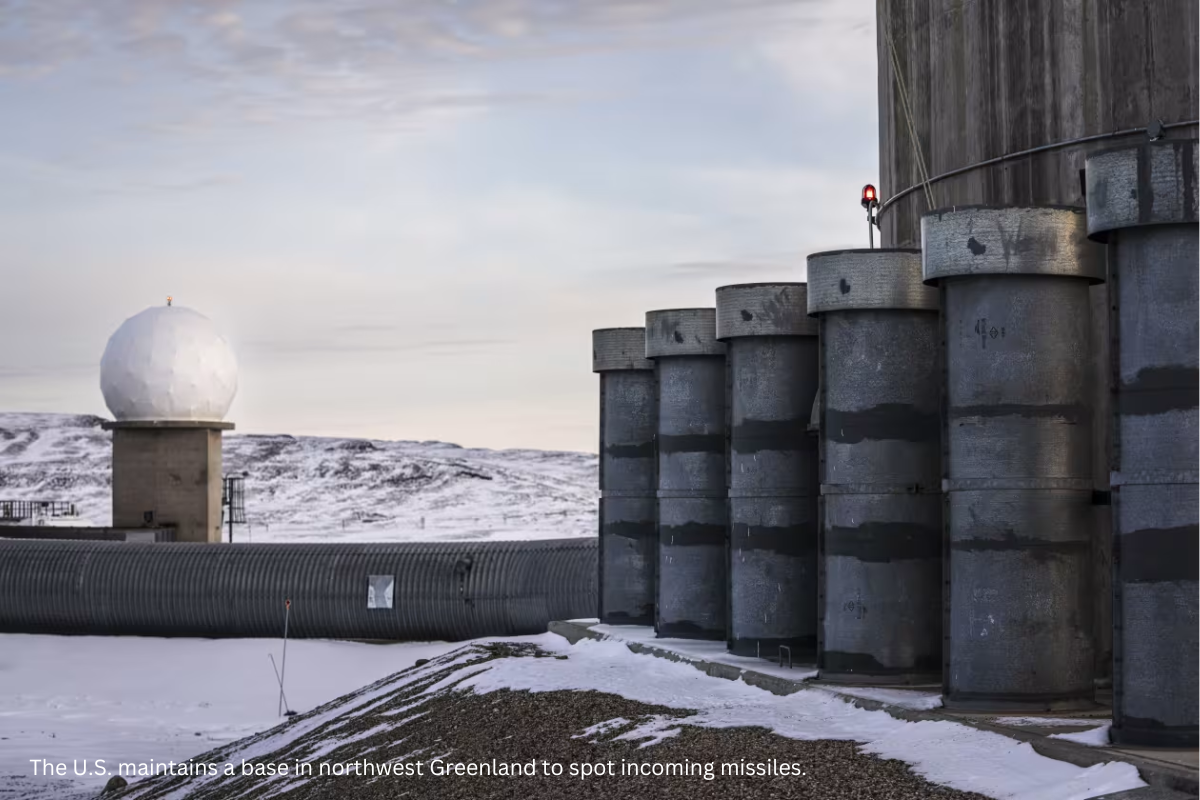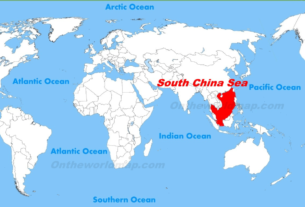Western powers’ defense of the Arctic region relies on outdated infrastructure and unconventional resources, including sled dogs. As military activity in the area increases, mainly due to Russia’s growing presence, the U.S. and NATO focus on strengthening their defense capabilities in Greenland.
Greenland, an autonomous territory of Denmark, is strategically significant for Western defense operations, mainly because of its location in the Arctic. The U.S. operates Thule Air Base in northern Greenland, which provides critical early warning systems for missile defense, making the island a key part of NATO’s defense strategy.
Much of the region’s defense infrastructure is outdated and under strain despite its importance. The aging ships tasked with patrolling the icy waters of the Arctic are no longer fully equipped to handle modern threats, and the infrastructure struggles to cope with the extreme conditions.
Sled dogs have become an unlikely but vital resource for the military in this challenging environment. Their ability to navigate harsh, frozen landscapes where vehicles and ships struggle to operate gives them an edge in supporting military operations in remote areas.
As geopolitical tensions rise in the Arctic, Western nations face increasing pressure to modernize their defense capabilities. Russia’s expanding military presence has intensified concerns about the region’s security, with many questioning whether current defense systems are enough to maintain control.
Experts argue that the Arctic’s defense infrastructure needs a significant overhaul. The region’s reliance on outdated ships and equipment leaves it vulnerable to potential threats from rival powers, making it critical to update military resources.
Recently, Western countries have begun improving their Arctic defense capabilities. New technologies, aircraft, and ships are being tested to replace aging systems, but progress has been slow due to the region’s remote and challenging environment.
The harsh and remote nature of the Arctic makes it difficult to patrol and defend effectively. While sled dogs provide a valuable asset in navigating the terrain, their use underscores the limitations of the region’s current defense infrastructure, which remains far from modern.
Greenland’s geographic position, at the crossroads of the Atlantic and Arctic Oceans remains crucial for monitoring military activity. Despite the challenges of aging infrastructure, the U.S. and NATO continue to rely on the island for surveillance and defense operations in the region.
The Arctic’s increasing importance for global security has sparked calls for more significant investment in its defense infrastructure. As regional tensions escalate, the West must modernize its operations to remain competitive with other global powers vying for influence in the Arctic.
Many see this as a turning point for Arctic defense, where significant investment is needed to update infrastructure and ensure readiness for future threats. The region’s strategic value has grown, and if Western powers want to maintain control, they must act swiftly to bolster their defenses.
The Western defense strategy in the Arctic will need to evolve as geopolitical dynamics shift. While sled dogs and aging ships have served their purpose in the past, future security in the Arctic will depend on more modern and effective military capabilities.
At the same time, the unique challenges of the Arctic—such as its extreme weather conditions and remoteness—mean that no single solution will suffice. Defending the region effectively will require a combination of new technologies, strategic planning, and unconventional resources like sled dogs.
As the Arctic becomes increasingly central to global security concerns, the West’s ability to adapt and modernize its defense capabilities will determine its long-term influence in the region. The next phase of Arctic defense will require a more robust, forward-thinking approach to meet the demands of an evolving geopolitical landscape.
As a result, while the current reliance on outdated ships and sled dogs demonstrates the unique challenges of Arctic defense, the situation is not sustainable in the long term. Continued investment and innovation will be required to ensure the West can secure the Arctic and maintain its regional strategic advantage.




